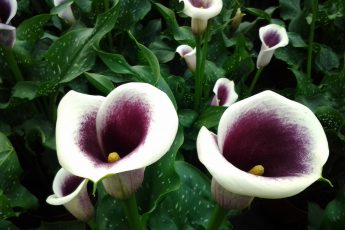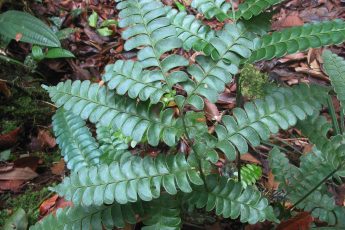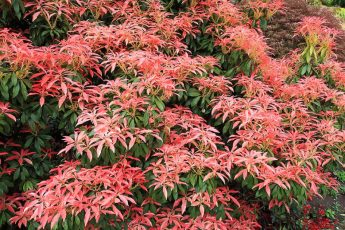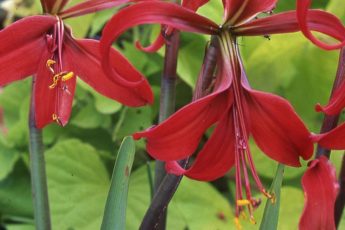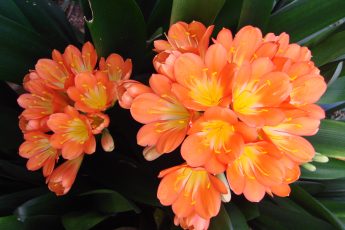Nertera, a fascinating plant belonging to the Rubiaceae family, brings a splash of color and a unique aesthetic to indoor gardens. Originating from the diverse landscapes of Central America, Australia, and New Zealand, this herbaceous creeper is perfect for those looking to add a vibrant ground cover to their collection. Despite being relatively easy to cultivate, Nertera presents some challenges that can be tackled with the right knowledge and care strategies.
Understanding Nertera: Characteristics and Growth
Nertera is a perennial plant that maintains a low profile, growing up to 2 centimeters in height, with stems stretching approximately 20 to 25 centimeters in length. The plant is often discarded after its flowering season and the subsequent abscission of its berries, but with optimal conditions, Nertera can live for several years, enlivening your space with its colorful presence.
Optimal Growing Conditions for Nertera
For Nertera to thrive, it’s essential to provide the right environmental conditions. This plant prefers cooler temperatures, making it an excellent choice for indoor settings. During summer, maintain an optimal temperature range between 68-71.6°F (20-22°C), and as autumn approaches, reduce this to 50-53.6°F (10-12°C). Winter care requires maintaining a consistent temperature of around 50°F (10°C), coupled with regular ventilation to prepare the plant for the next growing season.
Managing Humidity and Light
Humidity plays a crucial role in Nertera’s development, especially before it starts forming berries. Regularly mist the plant with water as a way to maintain adequate moisture. After blooming, placing the Nertera in a tray filled with wet claydite or sphagnum will help sustain its humidity needs. Lighting also demands attention; Nertera flourishes under bright, diffused light but should be protected from direct sunlight. It can tolerate partial shade, making it versatile for various indoor settings. During winter, supplemental lighting using fluorescent lamps positioned 50-60 centimeters away can prevent the plant from becoming leggy due to insufficient natural light.
Soil Requirements and Watering Techniques
Nertera requires a specifically mixed, loose, and moisture-retentive soil. A balanced mixture includes equal parts of leaf, turf, and humus soil, combined with peat and coarse sand, ensuring proper drainage. Watering should be moderate; allow the top layer of soil to dry between watering sessions. Employ bottom watering by setting the pot in a tray until the soil absorbs enough water from below. During the colder months, when temperatures are maintained at 50-53.6°F (10-12°C), water very sparingly, only keeping the soil slightly moist. Resume regular watering as new leaves start appearing in the spring.
Fertilization and Reproduction
Fertilizing Nertera is straightforward. From spring to autumn, apply a diluted liquid fertilizer monthly to provide necessary nutrients. Propagation is typically done through seeds sown in January or February, placed on a substrate of leaf land, peat, and sand. Seeds require patience as germination can be slow, occurring within 1-3 months. Additionally, Nertera can be propagated by dividing rhizomes in early summer after its berries have fallen. This method is beneficial for maintaining the plant’s vigor and health. Terminal cuttings offer another propagation alternative, allowing for further expansion of your Nertera collection.
The Blooming Phase and Transplantation
Come early summer, Nertera produces rather inconspicuous greenish-white flowers that transform into eye-catching berries, each resembling a small pea. Proper ventilation during this period is vital; without it, berries may not form. Once your Nertera has successfully overwintered, plan to transplant it before the flowering begins in spring. Choose a shallow, wide pot to accommodate its shallow root system, and ensure the soil remains loosely packed during the transplant process.
Special Care Tips and Common Challenges
Over the summer, relocating your Nertera to a shaded outdoor area, such as a garden or balcony, can be beneficial. Regularly ventilate the space where it is housed to encourage successful fertilization and berry production. Despite its ease of cultivation, Nertera is not without challenges; pests like whiteflies, spider mites, mealybugs, and scale insects can affect its health. Moreover, if winter conditions are too warm, Nertera may not enter its necessary rest period, leading to undesirable growth changes.
It’s also crucial to be aware of its toxicity. While the berries add ornamental value, they are inedible and potentially toxic to pets, so exercise caution if animals have access to these plants.
Nertera stands as a captivating choice for those seeking a unique and colorful addition to their plant collection. With the right care—balancing temperature, humidity, light, and attentive pest management—Nertera can thrive indoors, rewarding its caretaker with vibrant displays season after season. Whether you’re an experienced gardener or a beginner looking to expand your horizons, this plant offers a welcoming and manageable challenge, turning any indoor space into a lively, verdant retreat.


